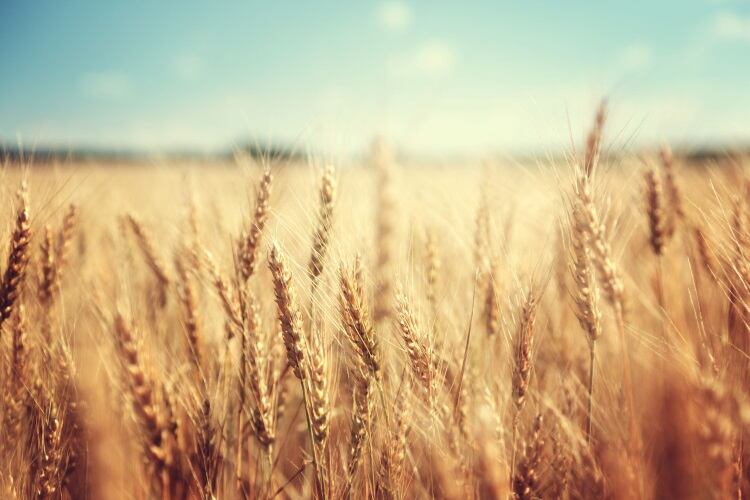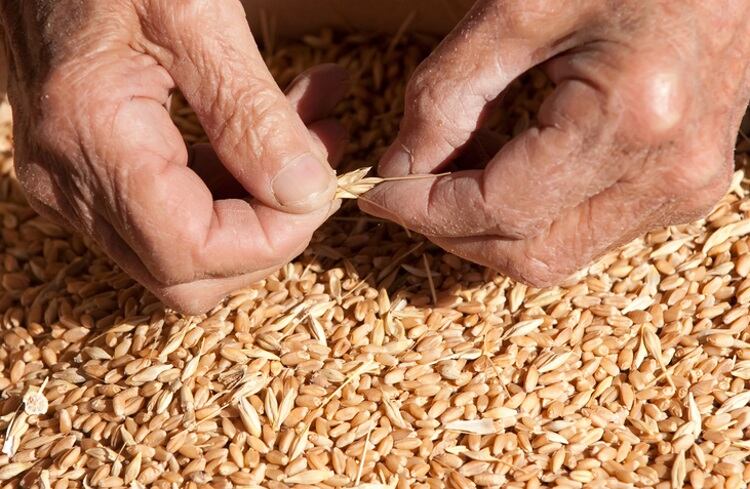Wheat-wise, baked goods and snack brands expect to see rising demand for more whole grain products over commercialised white flour, with manufacturers anticipating increased calls for heritage grain products worldwide. Health and nutrition are the leading factors driving consumers toward whole grain varieties over their white flour counterparts.
Manufacturers are witnessing a growing number of consumers asking about the wheat’s provenance, how it impacts farmers and its required farming practices. With focus on farm-to-fork, consumers are increasingly interested in learning about the origin of products and their influence on factors such as ingredient selection, production methods and its supply chain.
Navigating global events
In addition to meeting consumer’s evolving needs, today’s wheat manufacturers face an uncertain landscape.
The global wheat market is vulnerable to social, health and geopolitical events. Over the past three years, the Covid-19 pandemic, the global climate crisis and Russia’s invasion of Ukraine have been defining events. The wheat industry has experienced a seismic shift.
“Consumer demands have changed quite significantly,” said Vibhuti Choyal, GM of Products and Services at Choyal, a Indian flour milling machinery and manufacturing specialist.
During the pandemic, health and environmental awareness came to the fore, with consumers looking for baked goods and snacks that came from local production sources, being less processed and organic.
Amid the global climate crisis, consumers are considering the impacts and implications of their consumption decisions. Bakery and snack shoppers are now conscious of their food miles; carbon footprints associated with production systems and the overall sustainability of their food.
Supply chain challenges

Disruptions to supply chains have had a knock-on effect on wheat supply, flour prices and the broader market, prompting enforced operational shifts and new ways of producing and accessing ingredients in the bakery and snack sectors.
The war in Ukraine emphasised the fragility and dependence on global supply chains. The need to build resilient, local food systems has become a priority to ensure the sector can sustain its supply.
“The instability of the Ukraine-Russia war is going to have a long-lasting effect on the food supply chain,” said Choyal.
The Ukraine-Russia region is responsible for approximately 50% of global wheat exports to countries in the Middle East and Africa.
“The need of the hour is to diversify the global food supply,” he continued.
Today, the industry sees single countries dominating the production of essential crops. As a result, ongoing food shortages are anticipated. In addition, as climate change continues to impact agriculture.
“It is critically important that we work towards more diversity in global crop production and increase resiliency by supporting smallholder farmers everywhere.”
Unmanageable price hikes
Added Choyal, “The current crisis has had a very negative impact on the wheat market, both in terms of supply and price hikes.”
Globally, wheat prices have been spiking – clocking up record highs in May 2022.
“Wheat is a critical component of food security and its prices have already increased by 91%.”
The increase in basic bread prices has a direct impact on food security, leaving lower-income consumers across the world hungry.
As such, many bakers are exploring a wide range of grains to create substitutes for wheat-based products, and alternative flours like spelt, rye and sorghum are seeing a renaissance. Manufacturers are experimenting with different variations of dough and ingredients to make appealing whole grain bread with a sought-after taste.
Local, responsive and community-driven developments

Conscious consumerism is growing.
As bakery and snack brands engage in how their consumption affects the environment, innovations focus on opening up accessibility to local produce.
“With awareness of regenerative farming coming to the forefront, we will see a boom in [the] farm-to-table approach,” said Choyal.
Local produce availability and regenerative farming provide a sustainable alternative to global supply chains and offer an opportunity to reconnect farmers with consumers, noted Choyal. As a result, they are often cited as methods of business diversification and local ecosystem development.
Ingredient, process and equipment selection also contributes to new developments in wheat production. Bread made with freshly milled flour, for example, is recognised for its appealing nutritional and functional properties. Using freshly milled flour gives bread a higher nutritional content, enhanced texture and flavour and ability to stay fresh for longer because it contains more natural oils than bread made from older flour, she added.
“This ecosystem will ensure that people are aware about where their food is coming from, their bread will be fresher, communities will benefit and they will be helping the planet by using locally produced fresh flour, reducing the transport miles.”
As a result, the hope is that more money can stay in local communities and be funnelled back into entrepreneurship and job creation in these areas.
Innovations shaping the wheat story

Bioprocessed wheat may play a pivotal role in a sophisticated area of bakery and snacks: free from products and 3D printing. A 2022 research study found that bioprocessed wheat and 3D printing in the production process can enrich snacks with fibre. In addition, their inclusion also remains low in fructans that have been found to trigger symptoms in people with Irritable Bowel Syndrome (IBS).
Rajasthan-based Choyal uses its patented technology to make fresh flour accessible to companies with custom stone ground-to-order tools. The company strives to create thriving decentralised local ecosystems that allow local farmers, millers and bakers to connect with end consumers directly. By travelling fewer miles, it aims to decrease carbon emissions.
Choyal developed a fresh flour grinding and vending machine that serves as a bridge between farmers and bakers. The device – called Floura – uses stone milling technology to enable stores to ground fresh flour for their bakeries.
Another company leading the way is ingredient sourcing specialist ACI Group, which acquired software company Oomph Works to improve visibility in the supply chain. Adopting a data-centric approach, Oomph seeks to lower bottlenecks and tackle antiquated processes that add to the levels of disruption and complexities within the supply chain.
The evolution of wheat
As the wheat sector strives to meet demands for nutritious and sustainable flour-based products while battling geopolitical uncertainty and soaring inflation, we can expect to see several key shifts in 2023.
Building more robust supply chains is a core priority. Collaboration between governments and the private sector can forge successful in-roads. Ensuring high investments in infrastructure and transport networks can increase the local production of wheat.
“A strong alliance between farmers, government, millers, bakers and suppliers can help strengthen the global wheat supply chain,” said Choyal.
Demand for healthy bakery products is another area to garner increasing attention from manufacturers and new product development (NPD). With the industry’s focus on informing and educating consumers about the health benefits of eating whole grains, this growing awareness prompts a major anticipated shift towards whole grains as a healthier alternative.
“Consumers are now more aware of this food category than ever before, which bodes well for our industry as markets grow larger for whole grain products,” added Choyal.
Widening the variety of wheat available is also a core component of the wheat story in 2023. Bakeries are now rapidly expanding their offerings to include whole grains in their product lines, which is expected to encourage consumers to eat more wholesome foods.
Study:
Authors: Matea Habuš, Svitlana Mykolenko, et al
Foods 2022, 11(11), 1649
doi.org/10.3390/foods11111649



